Movie Rhat Was One Continuous Shot
Since Sam Mendes' 2019 military drama 1917, the "one-shot technique" has been a hot topic of discussion. This method involves directors filming the entire movie in one continuous shot, or at least making it appear that way, as can be perfectly seen in 2014's Best Picture-winner Birdman, where each scene was shot fifteen to twenty times then stitched together to make it look like one take. It is an ingenious but difficult method, and pays off greatly when done well, as seen by the fact that the director of Birdman, Alejandro González Iñárritu broke cinematic boundaries with the film and won an Oscar for his work (along with the great cinematographer Emmanuel Lubezki).
Updated October 7th, 2022: Curious about the one-shot technique? Then you'll be happy to know that we've updated this article with additional content and entries.
Cinephiles adore this ambitious filming technique, which aims to make the audience feel as if the action is taking place in real time. It's not easy to pull off, which is why only a handful of directors has even tried; however, there's no denying that most of them absolutely nailed it. If you're looking to get an up close and personal experience to a film, these movies were filmed in one take, or look like they are.
10/10 Rope

Alfred Hitchcock was the first to attempt a one-shot movie. One of his most experimental films, 1948's Rope , was filmed in a series of 10-minute takes (the 35 mm film cameras at the time couldn't shoot any longer). Master of Suspense and the movie's cinematographers, Joseph A. Valentine and William V. Skall, decided to hide any of the cuts and to shoot the film in real time.
It helped to capture the claustrophobia of Patrick Hamilton's play that the movie was based on. Hitchcock's thriller about two students who have murdered someone and decided to hide his body will go down in history as a technically bold movie.
While the film looks as if it's in one take, it was 1982's Hungarian TV movie adaptation of William Shakespeare's Macbeth is considered to be the first actual one-shot film. The Hungarian filmmaker Béla Tarr composed a 57-minute-long shot.
9/10 Utøya: July 22
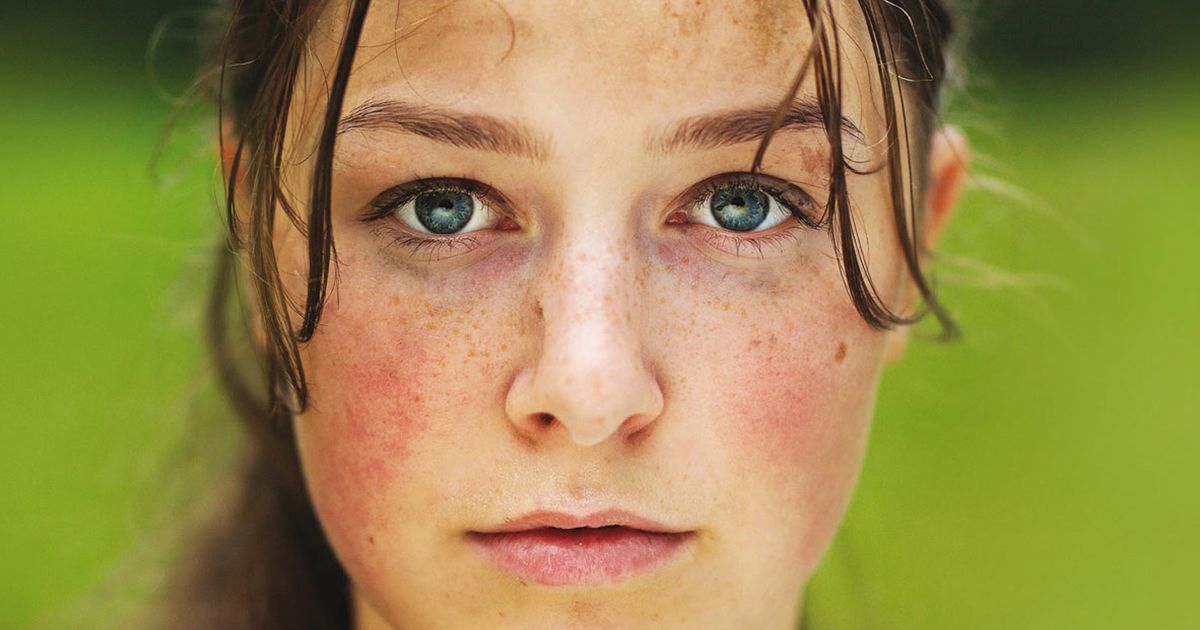
The 2018 film Utøya: July 22 is a one-shot depiction based on the true events of the Norwegian summer camp tragedy in July 2011. A right-wing extremist posing as a police officer shot and killed sixty-nine teenagers and left many more injured or emotionally scarred over the course of seventy-two minutes (the exact length of the film), turning the youth summer camp into an unimaginable horror scene.
Before creating the film, director Erik Poppe conducted interviews with forty survivors in order to portray the events as realistically as possible. Poppe recreated the incident in one continuous, 72-minute shot, exactly as it happened on the day, after a week of rehearsals. It allowed the audience to see the catastrophe through the eyes of the victims, which adds to the film's impact. Utoya: July 22, according to Poppe, even stays true to the total number of shots fired during the attack; you can't get any more accurate than that.
8/10 Victoria

With Victoria , a one-shot film released in 2015, German director Sebastian Schipper achieved the impossible. The movie follows a party girl and three men as they attempt to rob a bank late at night, but things don't go exactly as planned. The 138-minute crime thriller features twenty-two locations, a bank robbery, nightclub scenes, and a large cast and crew, and was shot in Berlin in one take between 4:30 a.m. and 7:00 a.m.
Schipper (and just about anyone else) wasn't sure if it would be possible, but he wanted to make something that exists outside modern cinema's audience expectations, and not only did he succeed, but he also shot the film three times in one take, from beginning to end. After each take was completed, he watched all three and chose his favorite, which he then used as the final film.
7/10 Son of Saul
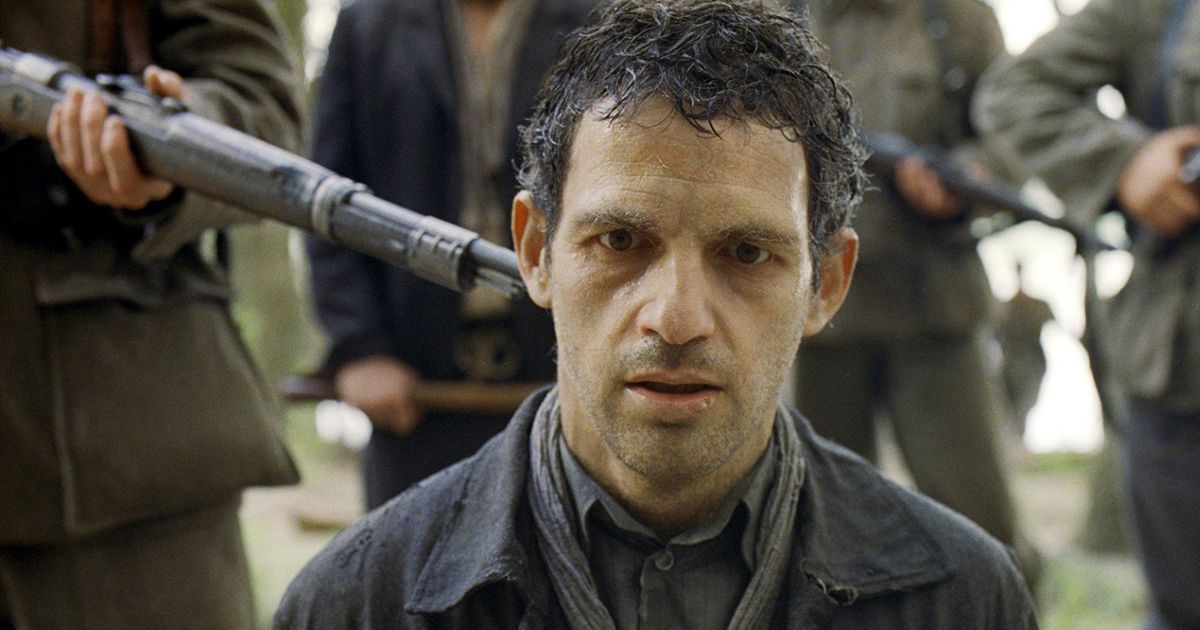
Son of Saul is a heartbreaking drama that follows the life of Saul Ausländer, a Hungarian Jew imprisoned at the Auschwitz concentration camp in 1944. As Saul is ordered to participate in the clean-up of the executions of other prisoners in order to save his own life, the film is incredibly distressing and emotional to watch, but gives the audience a very real experience.
For 107 minutes, the camera rarely leaves the lead's head as he fights to hide and bury a boy's body according to Jewish rites. Director László Nemes intended for the film's point of view to not wander beyond Saul's limited perspectives, giving the film a one-shot vibe which synchronizes the audience with the headspace of the struggling protagonist. Son of Saul earned positive reviews from critics and was even the first Hungarian film to win the Best Foreign Language Film at the Academy Awards.
6/10 1917

With the more recent 2019 World War I film, 1917 , Oscar-winning director Sam Mendes brought his one-shot vision to the big screen. 1917 follows the nearly impossible mission that two soldiers have been sent on during the war – they must cross enemy territory to deliver a message that will stop a deadly attack on hundreds of soldiers in a race against time.
With technical excellence and gritty narrative, Sam Mendes and renowned cinematographer Roger Deakins elevated cinematic artistry with 1917, which became a huge hit and a cinematic achievement. The no-edit viewpoint in this film is unlike anything most audiences have ever seen; it's as if Mendes took the legendary ten-minute survival scene from Alejandro Iñárritu's masterpiece Children of Men and extended it to two hours. The film was meant to look as if it had been shot in one continuous take (though a character's blackout transitions the movie from day to night), but it feels like real-time to the audience, as they follow every step of the soldiers and experience the tension, danger, and tragedy with them.
The film's grand scale (with literally half a thousand extras and a $100 million budget) made the 'single-take' approach incredibly challenging, but it became one of the most well-known one-shot (or at least the appearance of one shot) films of all time. This was the movie that took conversation of the technique into the mainstream, long after Jean-Luc Godard and Alfred Hitchcock experimented with the technique in Weekend and Rope, respectively.
5/10 Invasion
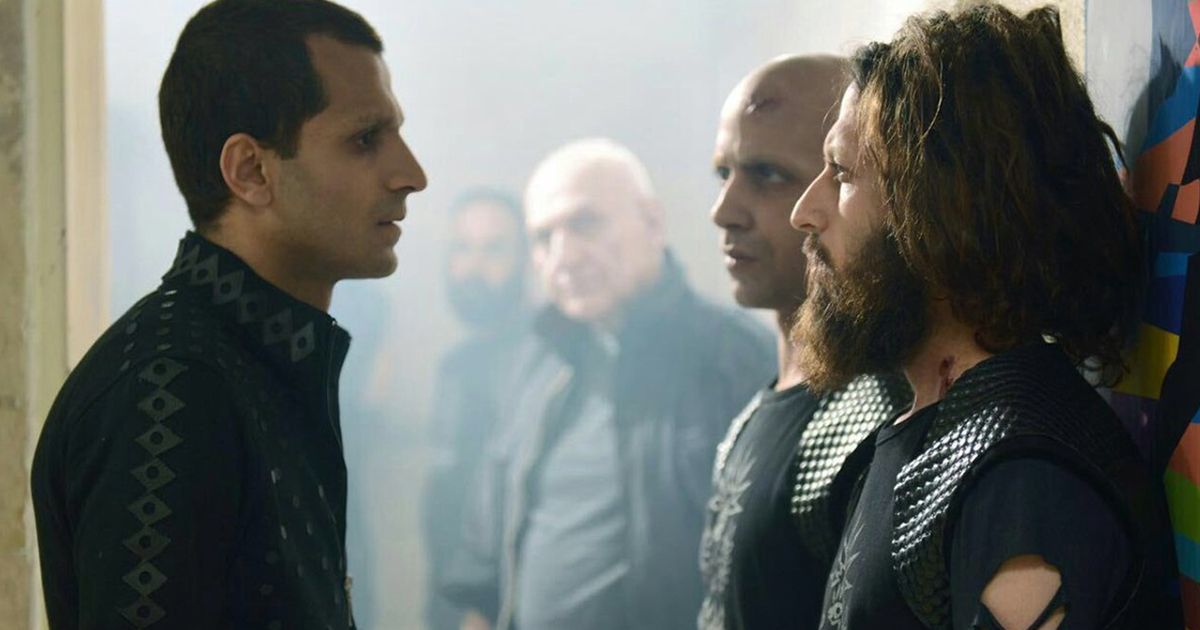
Shahram Mokri's 2017 crime drama, Invasion , follows the police's investigation of a murder at a stadium. Though the police have arrested the suspect, the friends of the murdered person are not being very collaborative, creating a complicated and enthralling plot at first; the introduction of vampires and art-house horror to an Iranian detective story only makes things more intricate, unique, and intense.
Invasion is filmed in one impressive continuous shot, allowing the audience to feel as though they are solving the crime in real time alongside the police. It made the plot extremely engaging and brings the story to life, even when it becomes improbable and bonkers. There are hardly any horror films which utilize the one-shot technique (see Silent House below), which is a shame because it's a method that's completely conducive to nerve-wracking, edge-of-your-seat thrills.
4/10 Blind Spot
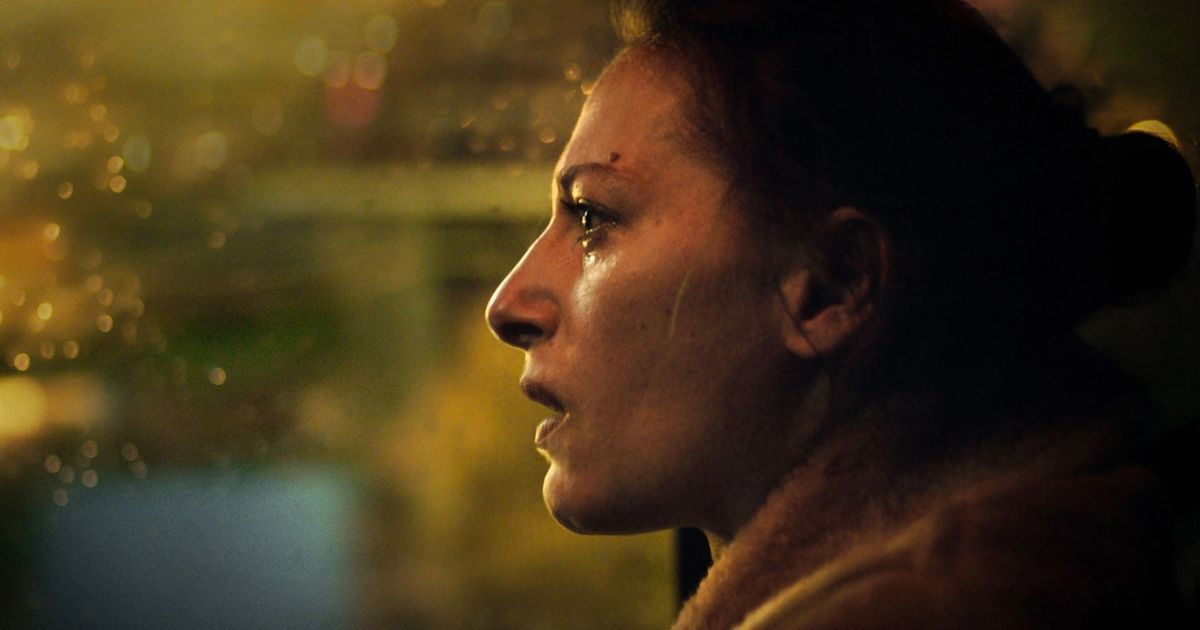
Blind Spot depicts the tragedy that a girl's mother faces as she attempts to come to grips with her daughter's mental illness, only to discover that it is considerably worse than she had anticipated. The Swedish film is written and directed by Tuva Nuvotny, who uses her history as a great actor to tap into the heart of soul of her characters and unleash remarkable performances.
The audience is never taken away from the grief in this superbly intimate one-shot film as we follow the mother through every heart-wrenching minute when, during a traumatic and dangerous moment in her daughter's life, all she can do is wait. It's an emotional rollercoaster, and the one-shot technique works well; the audience feels as if they're actually with the family, making it more personal and captivating.
3/10 Silent House
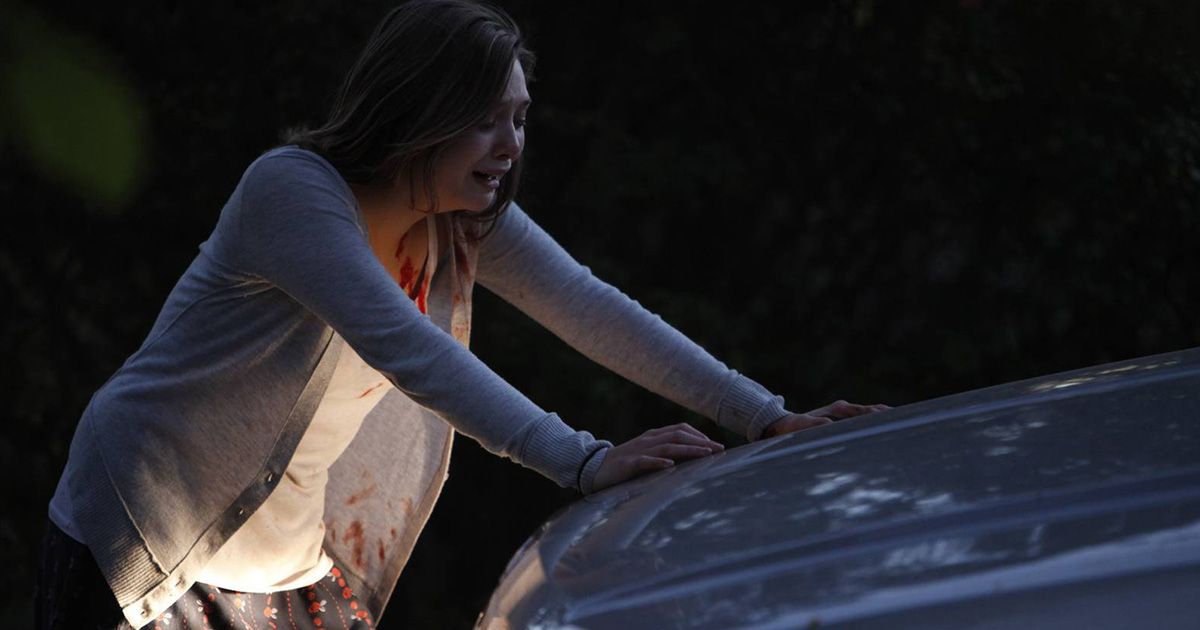
Both the American psychological horror movie Silent House and the great Uruguayan film of the same name that it's based on manufacture the appearance of one tense, grueling continuous shot. The film revolves around a young woman and her father as they set out to clean up an old family property that has been deserted for years. Unexpectedly, it is terrorized by violent squatters and intruders.
Although this film was not shot in one take, it was ingeniously edited and choreographed to give the impression that it was, and portrays the events in real time. It features a complex plot, and the use of a single-take mechanism helps the audience get engrossed in the details, but is also extremely powerful in capturing every moment of the horror. Fans of horror films will enjoy Silent House , since like a haunted house or theme park horror night, they'll feel as if they are right in the middle of the terrifying action. Elizabeth Olsen takes on the role in the American version brilliantly; acting in a one-take film is almost akin to acting on stage, in real-time, where everyone can see your mistakes and anxiety.
2/10 Birdman
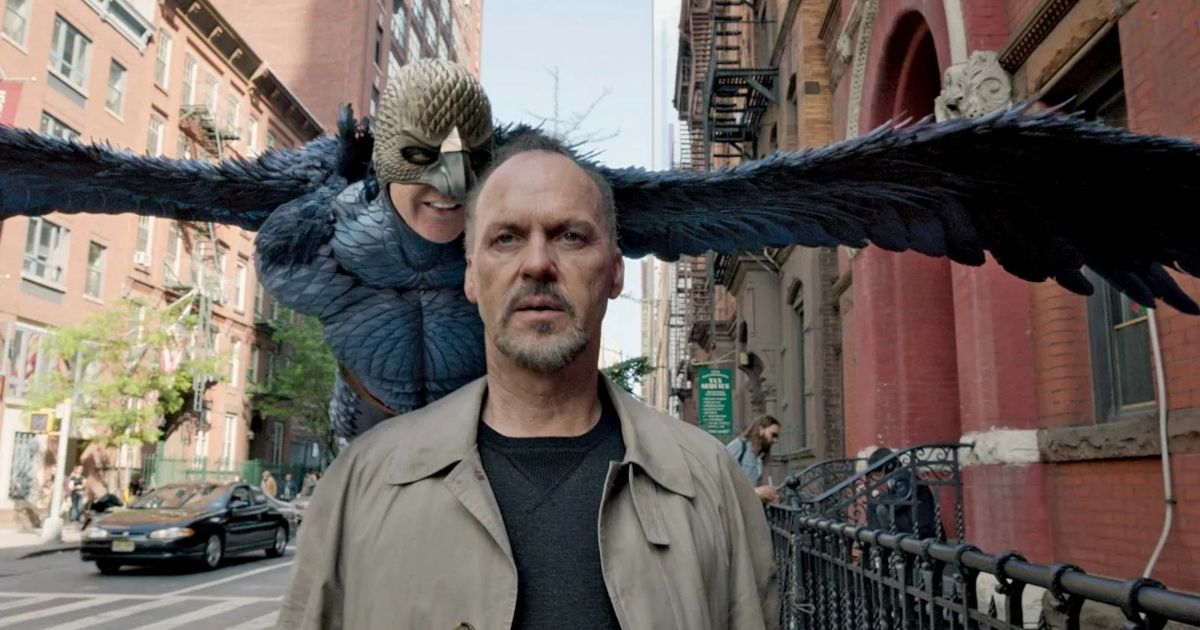
The Mexican filmmaker Alejandro González Iñárritu and the Mexican cinematographer Emmanuel Lubezki created the illusion that their Oscar-winning comedy-drama Birdman was done in one long tracking shot. Iñárritu told Variety that the illusion of a single uninterrupted take was used because he wanted the main character, a fading movie actor once famous for playing a Hollywood superhero, "to be submerged in that inescapable reality, and the audience has to live these desperate three days alongside him." An impressive technical achievement, Iñárritu's film with Michael Keaton in the lead role is a must-see.
1/10 Russian Ark
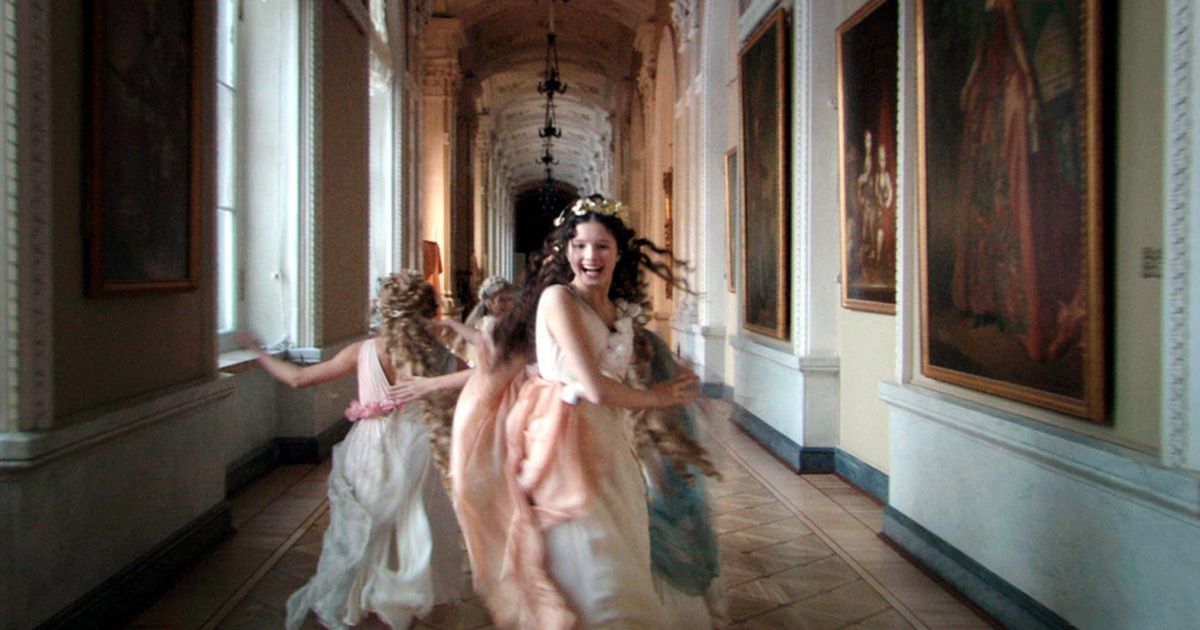
The historical drama Russian Ark follows an unnamed narrator wandering the corridors of the Winter Palace in St. Petersburg, claiming that he died in a terrible accident and is now a ghost drifting through the now-museum while meeting various historical figures throughout time. It's an elusive plot as ghostly as its main character, but it's a completely stunning and hypnotic masterpiece for lovers of art-house cinema.
It took four years to prepare for the film, which was shot in an impressive, continuous 96-minute take, using thirty-three rooms spread out over the course of a mile, with over two thousand actors and three orchestras. Director Alexander Sokurov reportedly practiced the camera work over and over again for months with the cinematographer in order to get it perfect.
What makes this one of the best one-take films isn't just that it's legitimate (with no hidden edits), it's that the medium of the film matches its message, and the form it takes suits its meaning. As Meg Shields writes for Film School Rejects, "Russian Ark's feature-length take is no gimmick. You simply could not tell this story any other way. And this is what makes Russian Ark so remarkable: not that its story justifies its format or vice versa, but that together, the result is mesmerizing."
Source: https://movieweb.com/one-take-movies/
0 Response to "Movie Rhat Was One Continuous Shot"
Post a Comment